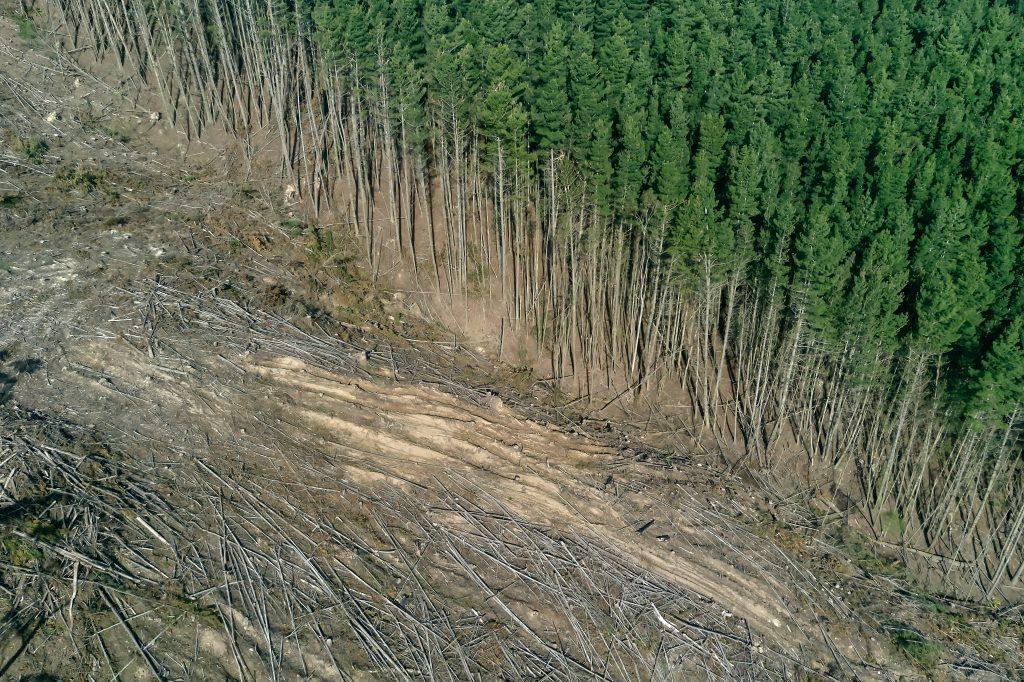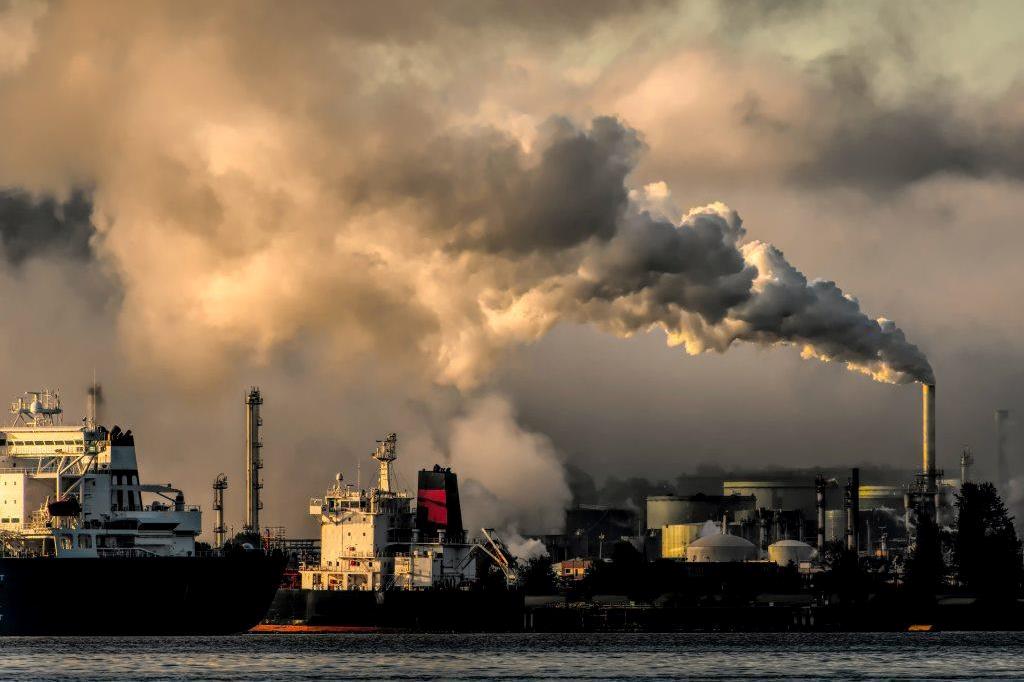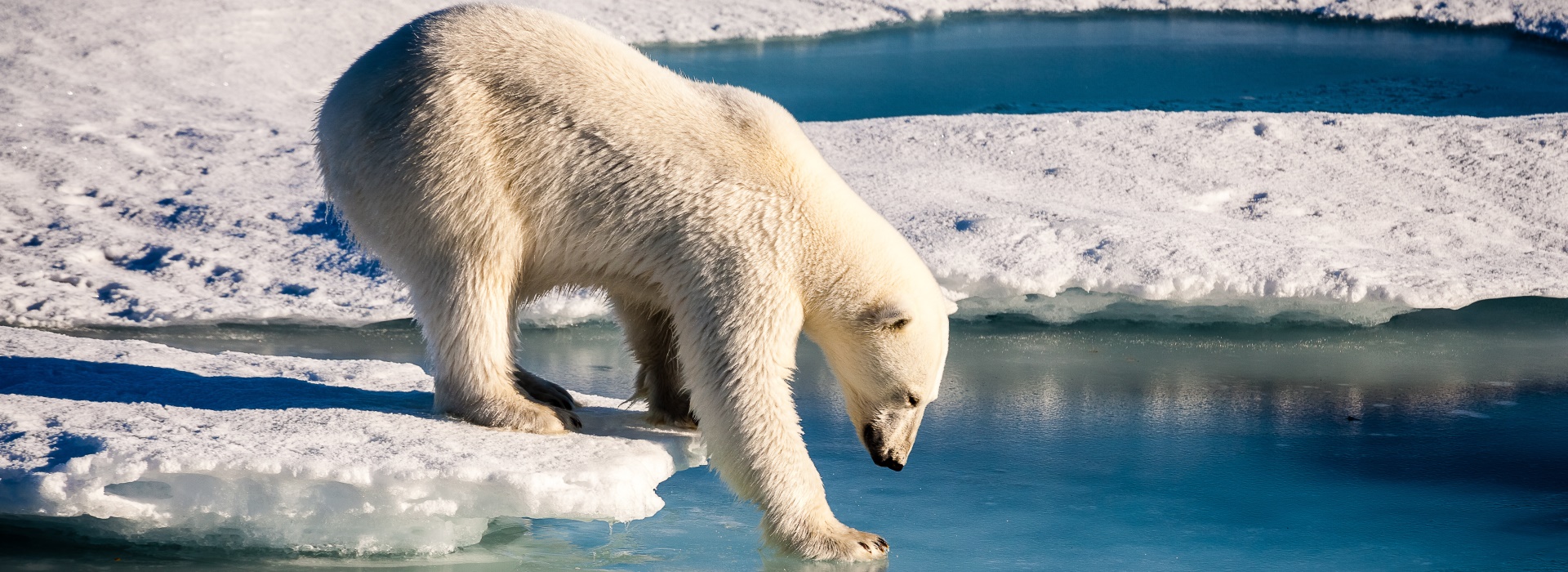

Causes and consequences of climate change for the oceans
Man-made climate change is no longer a bleak future scenario but a proven reality. The speed at which temperatures are rising makes it difficult for researchers to make reliable predictions about the consequences of climate change. Nevertheless, there is an increasing number of indications about the possible consequences for the marine ecosystem.
Causes of climate change
Greenhouse gases such as carbon dioxide (CO2) or methane (CH4) are natural components of the Earth’s atmosphere. Due to human activities the concentrations of some gases have massively increased, especially CO2, nitrous oxide (laughing gas), methane and fluorinated gases. Known perpetrators are:
- Deforestation: Trees absorb CO2 from the atmosphere and produce oxygen – this is how they regulate the climate. If they are felled, this effect is lost and stored CO2 returns to the atmosphere. Fire clearing is doubly harmful as it releases even more CO2.
- Energy industry: The energy sector plays a significant role in the production of greenhouse gases, as the burning of fossil fuels such as coal or oil generates CO2.
- Factory farming: Farm animals such as cows produce large amounts of methane when they digest. Although methane is emitted in smaller quantities than CO2, it absorbs the sun’s radiation and thus heat, many times more effectively, thereby contributing to a considerable extent to an increasing greenhouse effect. Industrial fishing also contributes to global warming. On the one hand, through the fuel consumption of ships and, on the other hand, by the carbon present in fish being released into the atmosphere as CO2 when they are caught. If they die a natural death, they sink to the seabed and the carbon remains bound in the marine ecosystem.
- Mobility: Means of transport such as aircraft, ships and passenger cars have a high fuel consumption as well as have high CO2 emissions.
Water temperature increase
The sea surface is in direct contact with the atmosphere, which is why temperature changes in the air also affect the oceans. During the past 100 years, the surface temperature has increased on average by 0.6 degrees centigrade. The warmer water layer at the surface prevents the water masses from mixing well. This type of water stratification means that nutrients from the deep sea can barely rise. In the Pacific and Atlantic Oceans these effects have been proven: Nutrient-poor areas in the two oceans have increased by 15% between 1998 and 2006. There are also indications that the sinking oxygen concentration in the warm surface layer could lead to a mass extinction of marine organisms.
Impacts on plankton
Plankton refers to animal and plant microorganisms that form the basis for the marine food web. The difficult rise of nutrients from the deep sea into shallower, warmer layers of water has a negative impact on plankton populations. Thus, the food source for other marine animals disappears. Since plankton is responsible for around 50% of the world’s oxygen produced, in that it absorbs CO2 from the atmosphere, the greenhouse effect also increases as plankton stocks decline.
Ocean acidification
Another consequence of the increased level of CO2 in the atmosphere is the acidification of the oceans, meaning: a decreasing pH value. The increased intake of CO2 increases the acidity in the oceans which shifts its chemical balance. The natural acid-base balance of the oceans is at a pH level between 7.8-8.4 (the pH scale ranges from 1 = acidic to 14 = basic). If the pH environment changes, biochemical reactions will no longer occur as they must. Thus, an acidic environment dissolves the calcitic skeletons of many marine creatures. Especially corals, calcareous algae, shells and sea urchins are affected by an altered pH level.
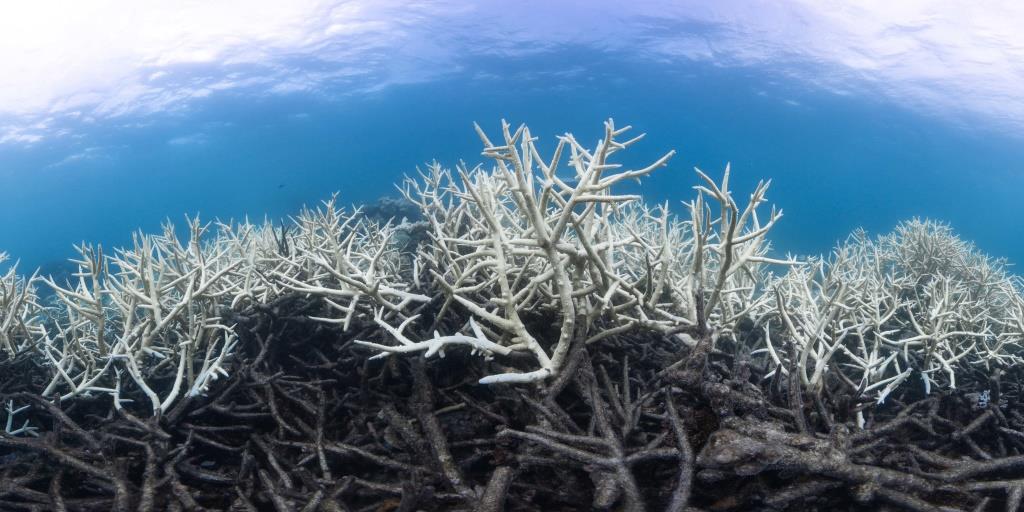
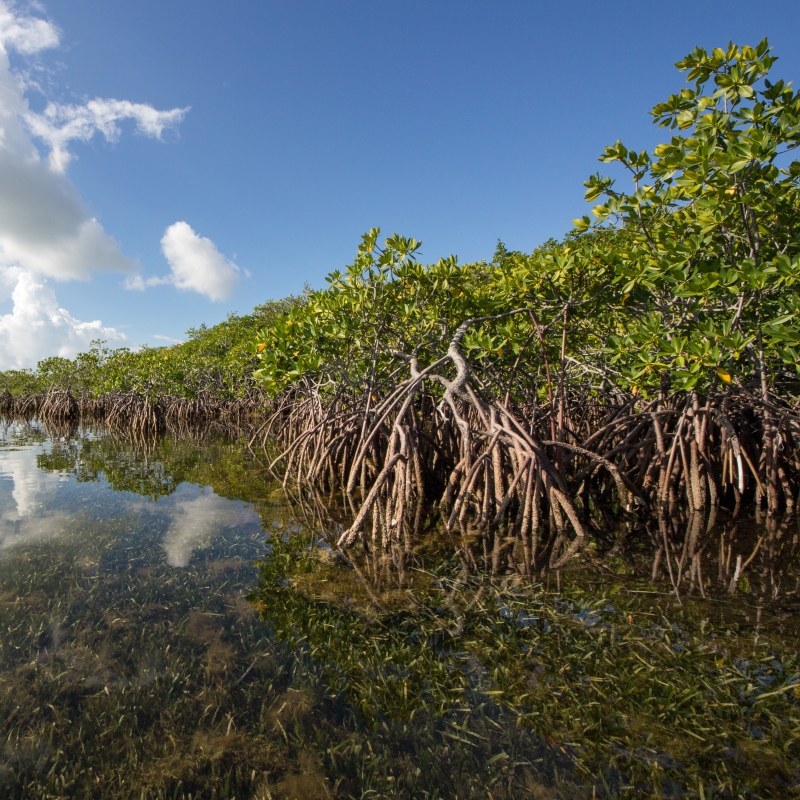
Protect the climate as a KYMA member
Protect the climate as a KYMA member

Worth knowing: greenhouse effect & 1.5°C target
Greenhouse effect
The man-made greenhouse effect refers to the storage of heat on our planet.
The cause of the greenhouse effect is greenhouse gases, whose emissions have increased significantly since the industrial age. These gases prevent heat from solar energy from being radiated back into space. Instead, they absorb some of the heat and give it back to Earth. As a result, the earth’s surface and the air masses are heated.
1.5°C target
The Paris Agreement of 12 December 2015 provides for the limitation of global warming by a maximum of 1.5 degrees Celsius. The 195 signatory states will jointly set stricter targets every five years, if required by scientific evidence, and publish reports on the progress that has been made.
Worth knowing: greenhouse effect & 1.5°C target
Greenhouse effect
The man-made greenhouse effect refers to the storage of heat on our planet.
The cause of the greenhouse effect is greenhouse gases, whose emissions have increased significantly since the industrial age. These gases prevent heat from solar energy from being radiated back into space. Instead, they absorb some of the heat and give it back to Earth. As a result, the earth’s surface and the air masses are heated.
1.5°C target
The Paris Agreement of 12 December 2015 provides for the limitation of global warming by a maximum of 1.5 degrees Celsius. The 195 signatory states will jointly set stricter targets every five years, if required by scientific evidence, and publish reports on the progress that has been made.
